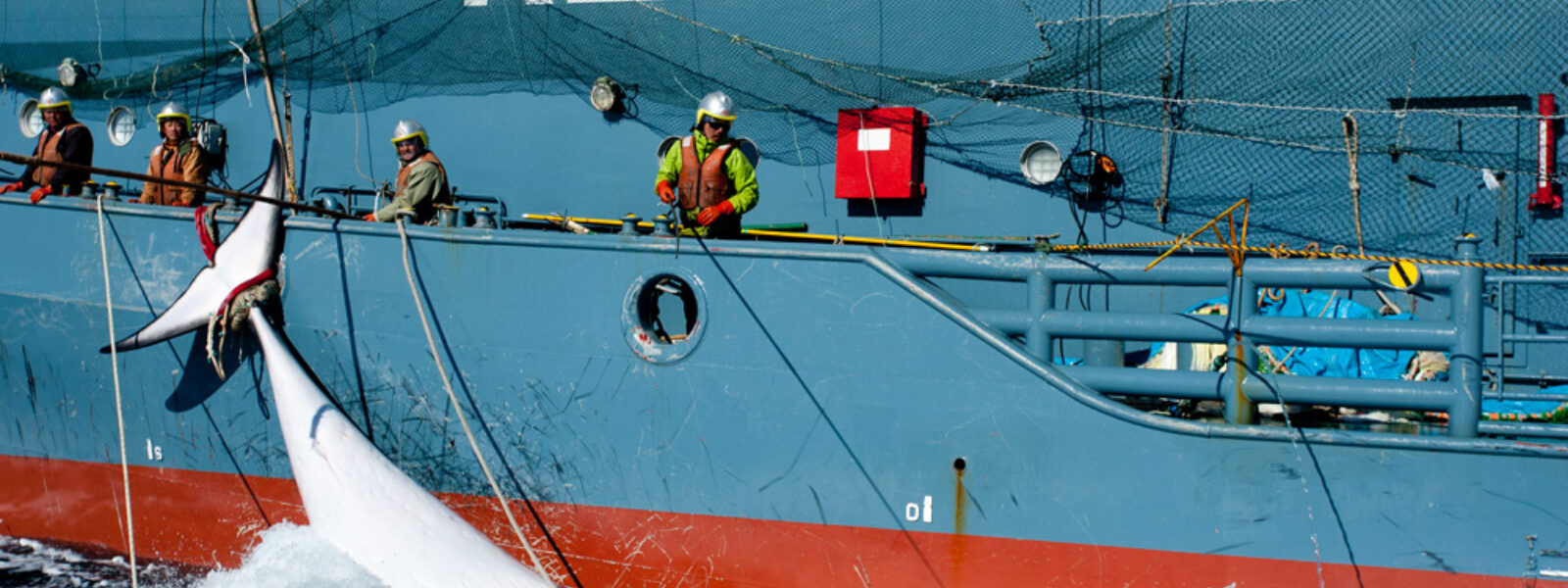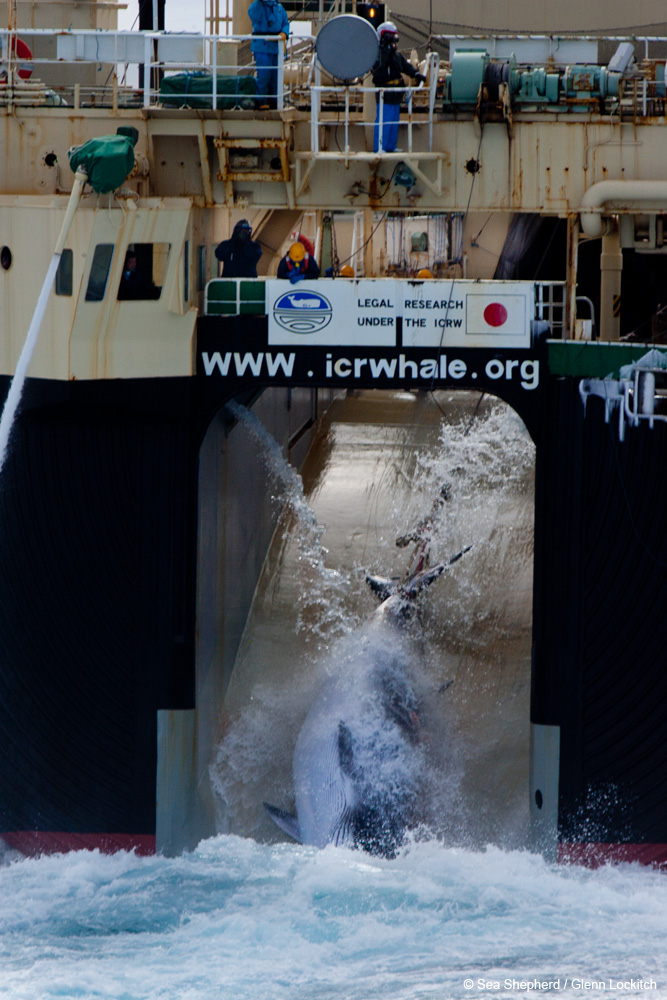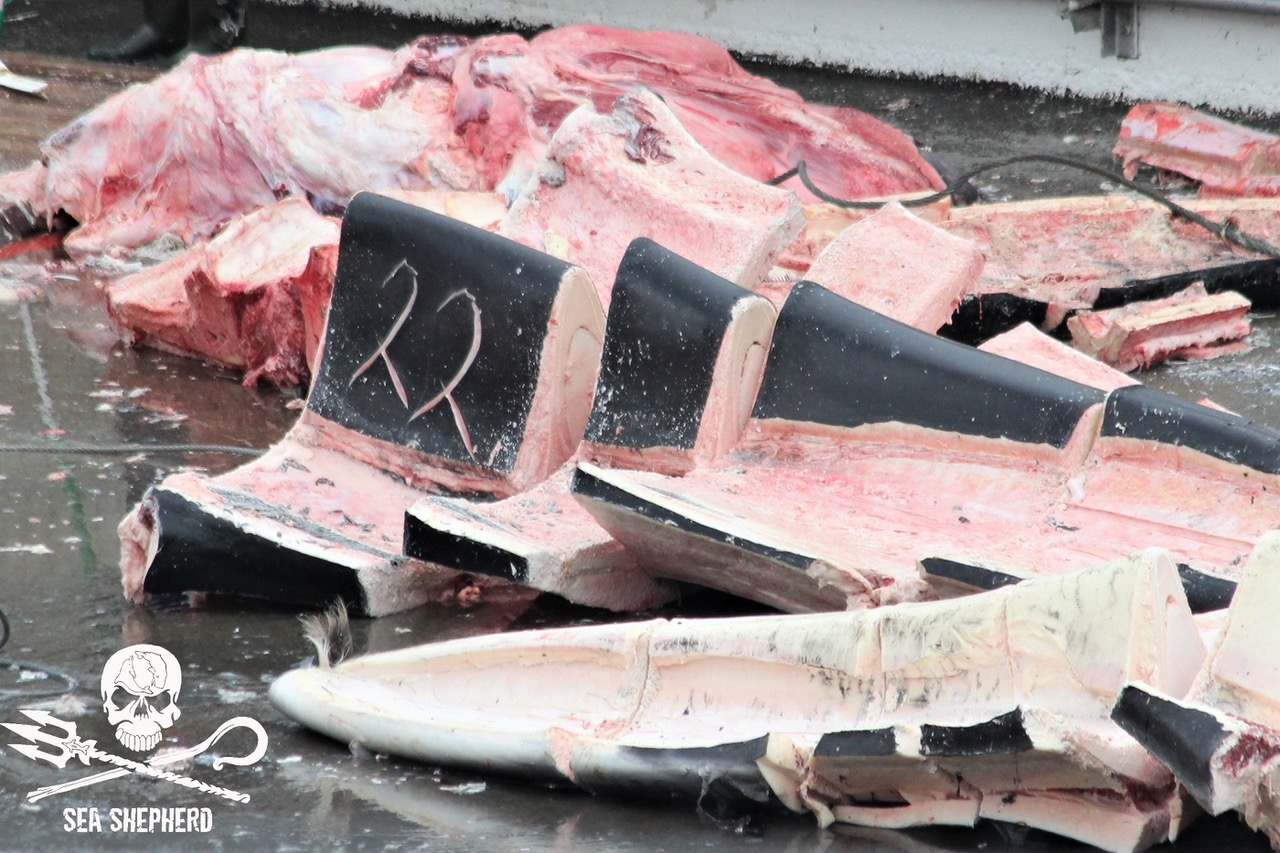
Whales Get a Break
In his recent story, Joe Roman of the University of Vermont notes that “one of the most important global conservation events of the past year was something that didn’t happen.” He is referring to the fact that Iceland’s whaling industry did not go to sea to kill any whales in 2019.
This was a significant break for fin whales (still listed globally as an endangered species, although Iceland disputes this) and minke whales, but it wasn’t the only break from hunting that whales experienced in 2019. The Antarctic Ocean, for the first time in decades, was free of whaling ships. Most countries that hunted whales in Antarctica stopped whaling when the International Whaling Commission’s (IWC) moratorium on commercial whaling went into effect in the 1986-87 whaling season. Several governments persisted in whaling, however. Japan, for example, switched from “commercial” hunting to a system of self-issued permits for "scientific" whaling research, subsidized by Japanese taxpayers. Many observers feel that Japan’s scientific whaling was a thinly veiled effort to keep its whaling industry alive in hopes that commercial whaling would be reinstated by the IWC. Japanese whalers killed up to 1,200 whales a year under this “research” scheme. But that ended last year when Japan announced it was leaving the IWC and vowed to go back to commercial whaling.

This approach is further complicated by the fact that Japan is also a signer of the UN Law of the Sea Treaty, which specifies that countries cannot go whaling on the high seas unless they are part of an international whaling agreement – the IWC. Under the provisions of the treaty, Japan can whale commercially only within its 200-mile limit, an area that has relatively few whales.
In 2018, Icelandic whalers killed 146 endangered fin whales and only six minke whales. Fin whale meat is almost exclusively exported to Japan, while minke whale meat remains in Iceland for domestic homes and tourists. Iceland’s main whaling company Hvalur forwent whaling in 2019 entirely, claiming its boats needed repairs and that declining demand in Japan for whale meat left Hvalur without a buyer. While the company may start up again in 2020, some observers believe it may end the controversial hunts altogether.
Norway continues to kill large numbers of minke whales off its coast and has become the leading commercial whaling nation, even though demand for whale meat has declined in recent years. Norway issued its whaling industry a quota of 1,278 minke whales a year for the past two years. Yet, the kill of minke whales was 432 whales in 2017 and 434 whales in 2018, way below the quotas.

Environmentalists continue to chip away at the international whaling efforts each year: Public education programs about whales are ongoing. Environmentalists are organizing boycotts and pressuring major transportation companies to refuse the transport of whale meat. Whale watching is gaining popularity in Iceland and Japan, which is contributing to the decline in interest in eating these magnificent beings.
The International Marine Mammal Project of Earth Island Institute is pursuing a plan to urge the Japanese government to permanently end the killing and capturing of whales and dolphins in time for the Tokyo Olympics this summer.
Photos courtesy of Sea Shepherd Conservation Society.
Help us end whaling and dolphin hunting around the world! Please donate to end the suffering and slaughter of dolphins and whales. Thank you!
